OPS & TRAINING
She runs the war room
30 Apr 2019
In the second of the “Think Tough” series, PIONEER peels back the Principal Warfare Officer’s (PWO’s) anti-flash gear to find out what it takes to coordinate a battle on sea.
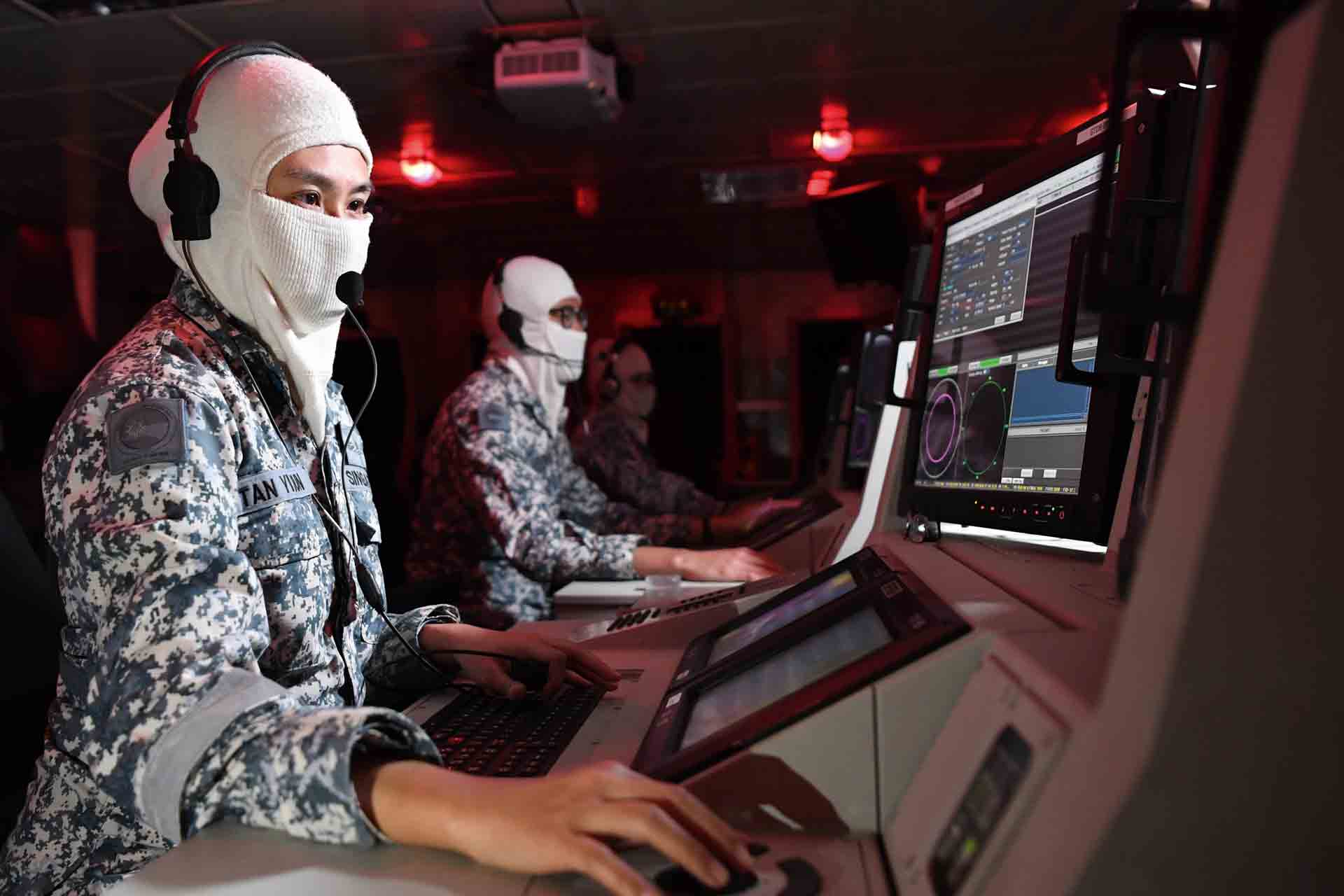
An enemy vessel is spotted in the distance. It is likely to be hiding more ships behind it. Enemy aircraft have also been deployed. Underwater, submarines are detected to be closing in as well.
Almost intuitively, the Republic of Singapore Navy (RSN) warship turns its guns on their target. A naval helicopter is swiftly despatched to gather intelligence.
The crew fires an Aster missile and takes down the approaching enemy aircraft. A torpedo cripples the lurking enemy submarine. At the same time, other ships in the fleet sail in formation and prepare to face the next wave of attacks.
All these different assets are able to fight together on a united and coordinated front, thanks to the PWOs of the ship.
Star manager
As the name implies, the PWO's role is to coordinate the ship's efforts in warfighting. Acting as the Commanding Officer's (CO's) right- and left-hand-persons, they bring together information from other parts of the ship — namely the Bridge and Machinery Control Room — into the Combat Information Centre (CIC) to launch a coordinated campaign against the enemy.
But the work of the PWO starts even before the battle begins.
Captain (CPT) Tan Yi Jun, a PWO on board frigate RSS Intrepid, takes PIONEER through her role:
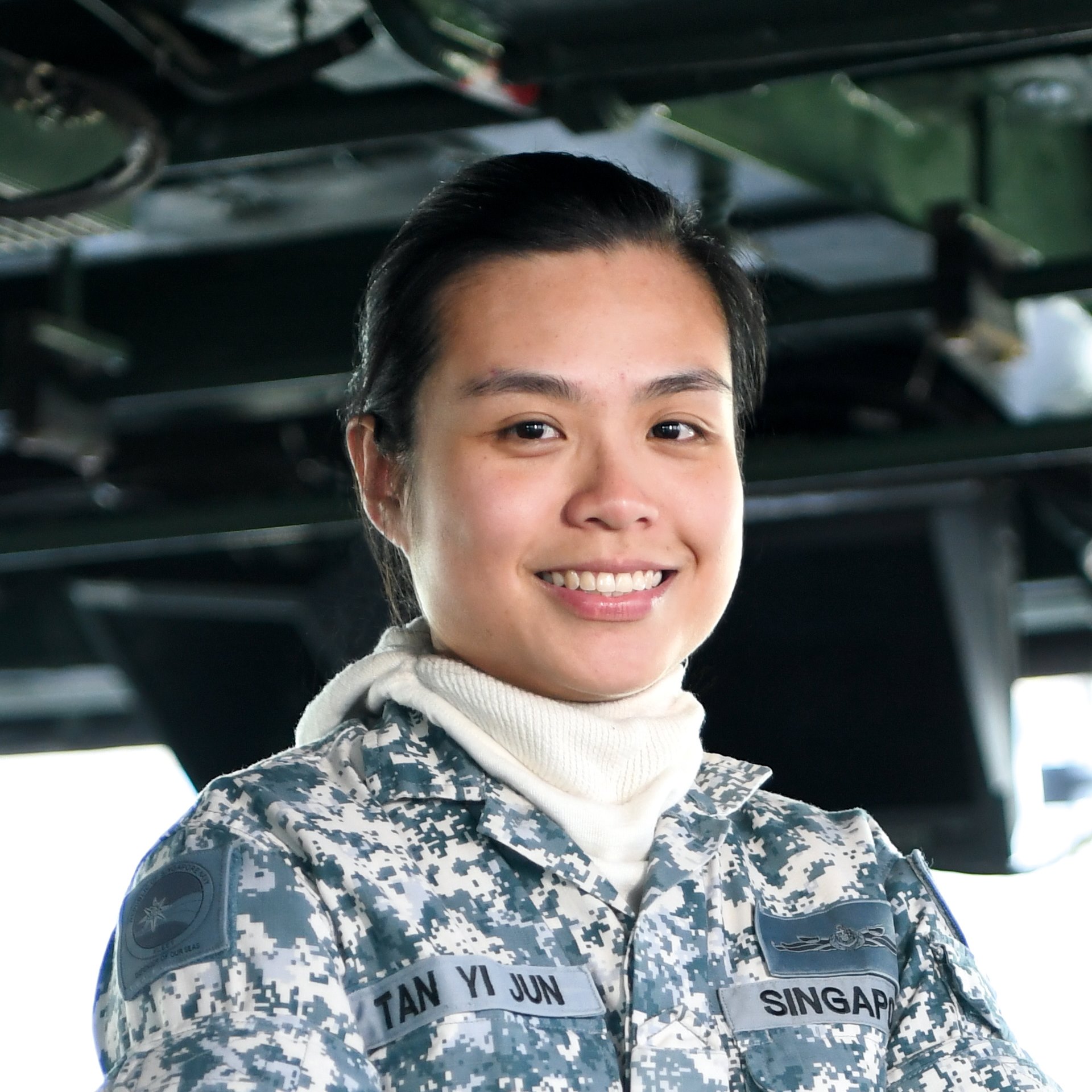
What does a PWO do?
PWOs assist the ship's CO in directing the ship to fight. We work on a larger scale: we plan operations, exercises and training from scratch and when we're executing the plan, we manage not just our own ship crew but also other units and assets.
Take us through the planning and execution of a typical mission.
Before a mission, the PWOs have to come up with a plan, taking into consideration things like the exercise duration and the assets and manpower available. We rope in everyone involved, such as Headquarters or other units and assets, for discussion. We then manage shipboard requirements through training and, if necessary, work-up sails (rehearsal at sea).
Out at sea, it's about dealing with the changes and contingencies, and adjusting our plans to make sure things still go smoothly. For example, if the weather is bad and we cannot conduct firing, we discuss with the crew and those managing the other assets to come up with a new plan.
After the mission, we will gather the crew for a debrief and highlight lessons learnt. This is so that no exercise is wasted, and we can improve as a force.
How do you manage so many things on your own?
The most important thing is communication — because PWOs are the ones who plan and visualise the desired mission outcome, we must make sure everyone shares the same vision.
I'm like a liaison officer: I oversee and coordinate the ship's efforts, and the crew and other units support me in achieving our objective. I wouldn't be able to do it alone.
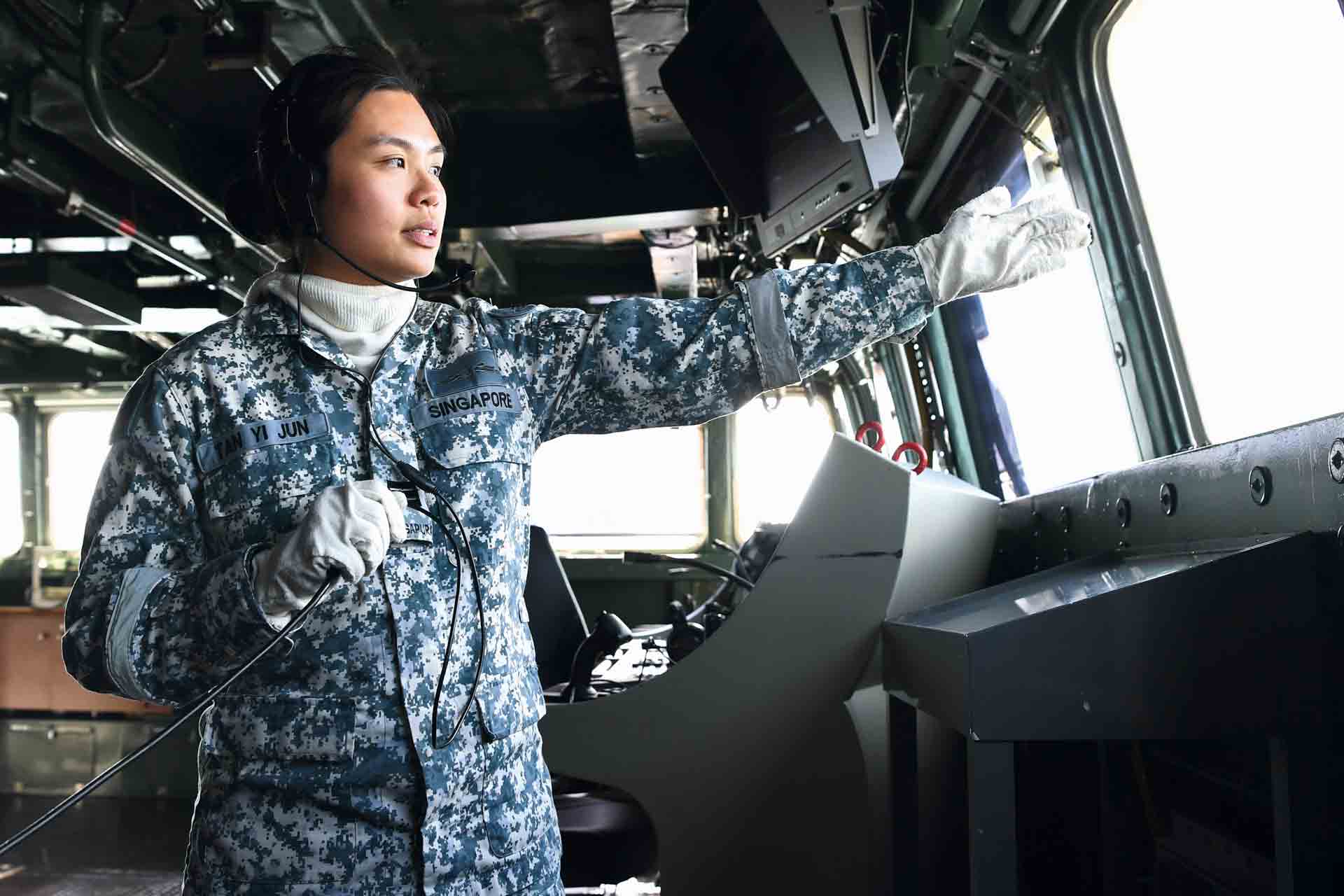
During certain sea security situations, such as when there are fast-moving small boat threats, PWOs have to take up positions in the Bridge to coordinate the ship’s efforts. As Bridge PWO, CPT Tan communicates with the PWO in the CIC, the hunter (who directs the various small arms stations), and the Officer of the Watch on the Bridge.
What training did you undergo?
We attend the six-month Naval Warfare Officer Course, where we are taught how the RSN fights. At the Naval Warfare Simulation Centre, we also practise warfare planning on dealing with threats from the different dimensions (air, surface and underwater).
But the real training starts when we come on board ship. Each asset's primary role (and) the operations it does is very different. We'll also need to manage many groups of people and communicate our ideas effectively. Of course, the CO, Executive Officer and senior PWOs will train us. We'll make mistakes, but we take them as learning opportunities.
Can you recall an incident when you had to think on your feet?
During the multilateral Exercise Bersama Lima last year, our ship had to transfer personnel to another country's ship via the Rigid Hull Boat. It was a moonless night and had started to rain. This affected visibility and the wind was also picking up.
As the lead ship, we decided to implement a few changes to ensure the transfer was safe and quick: we conveyed information on our location and activity to the other participating ships so that they could keep clear of us; we opened up the distance to allow for more manoeuvring space; and we made sure there was good communication with the ships involved to facilitate the transfer seamlessly and safely.
ALSO READ IN OPS & TRAINING
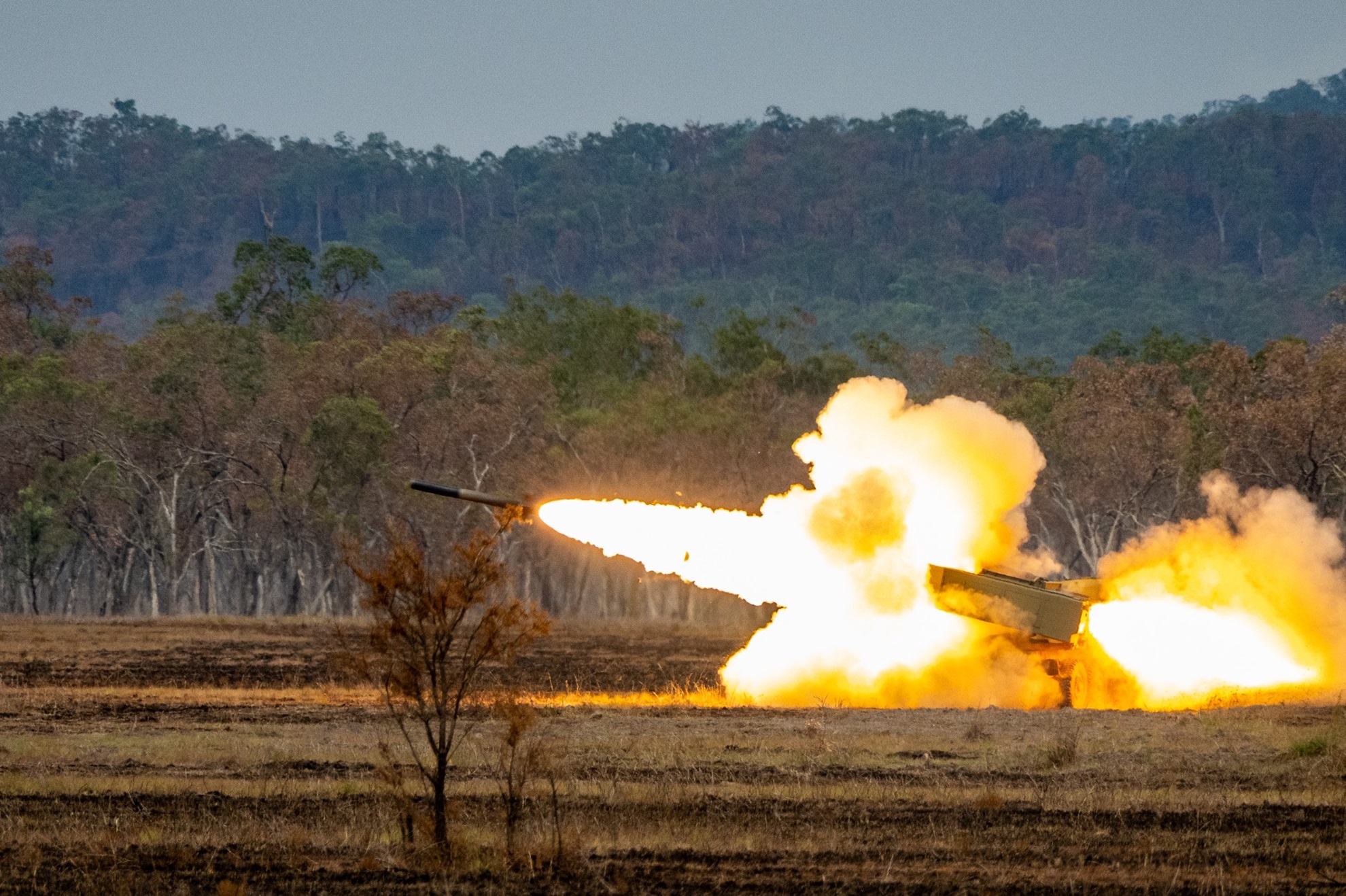
Exercise Wallaby 2025: To see better, shoot faster
31 Oct 2025
The SAF focuses on complex strike missions and multi-domain integration in Exercise Wallaby 2025, the 35th edition of its largest unilateral overseas exercise.
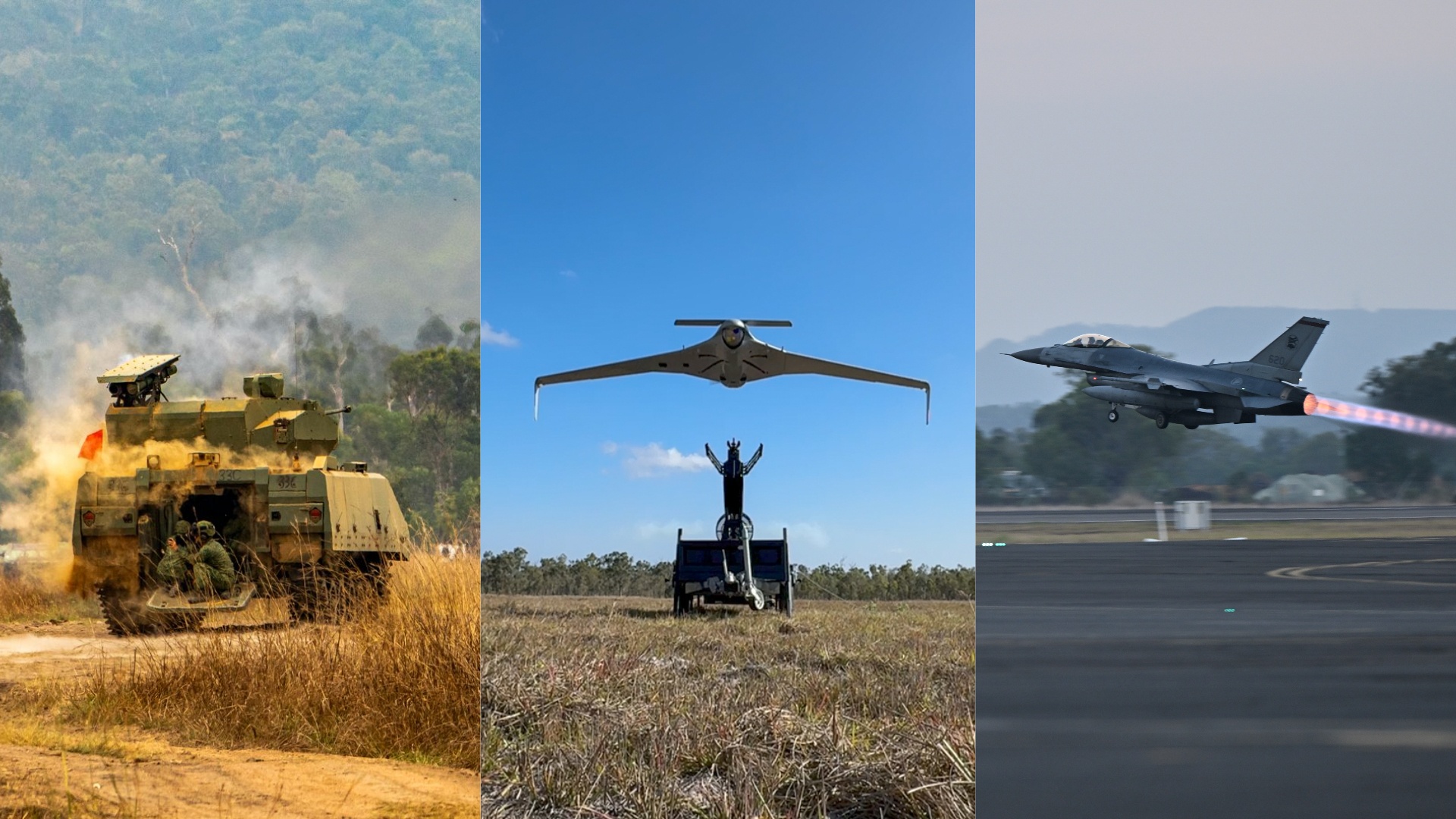
Ex Wallaby 25 – Greater Integration and Complexity
25 Oct 2025
The 35th edition of the SAF’s largest unilateral overseas exercise is an opportunity for expanded scale and deeper integration towards an effective, networked fighting force.

Ex Forging Sabre ramps up use of unmanned assets in integrated strike operations
12 Sep 2025
In this 10th edition of Exercise Forging Sabre, the SAF sharpened its cutting edge for the dynamic modern battlefield, with expanded integration between manned and unmanned platforms.


